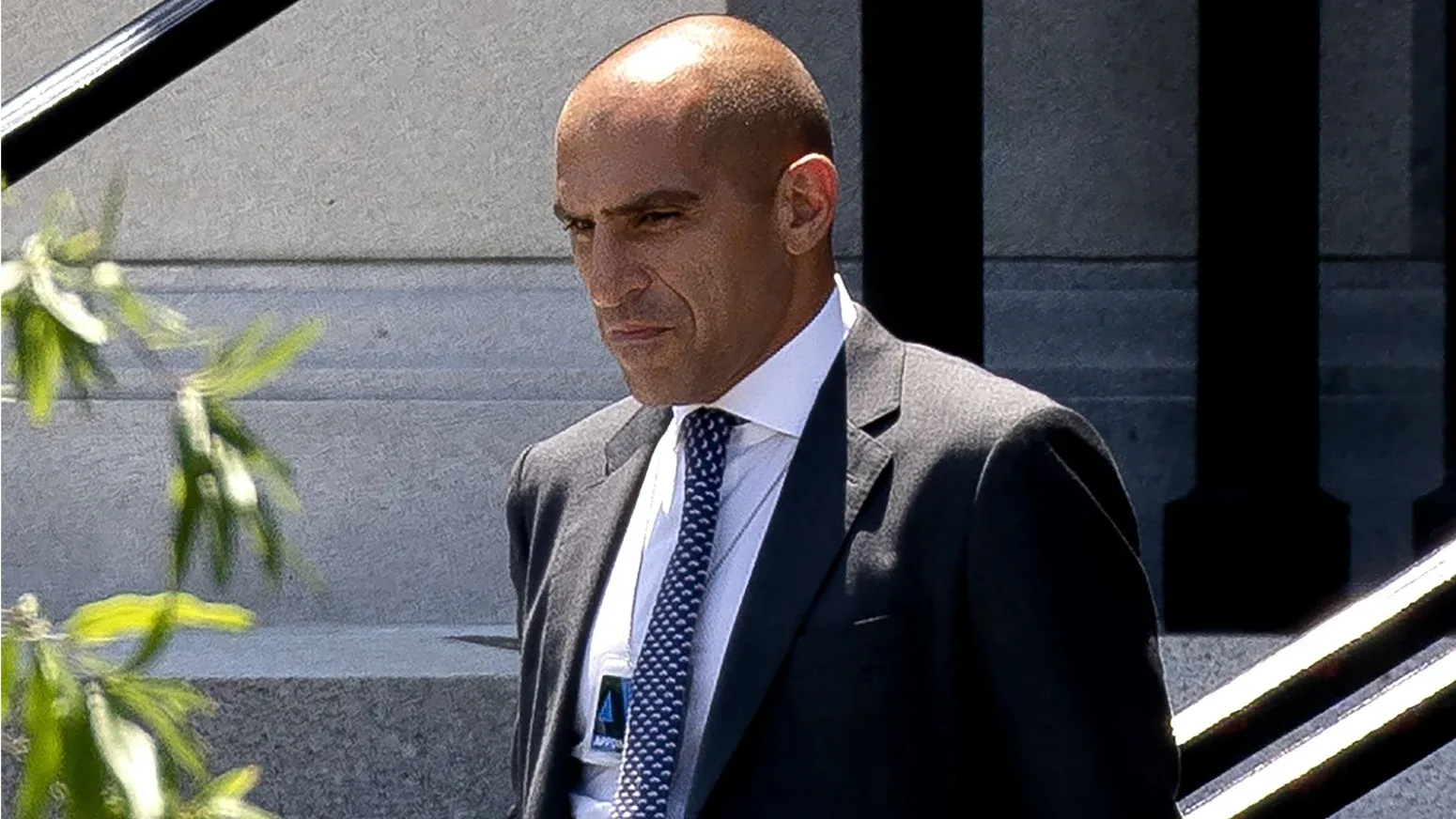ESMA warned crypto investors on Tuesday

ESMA's caution regarding the implementation of the Markets in Crypto-Assets Regulation (MiCA) and the risks associated with crypto investments is indeed noteworthy. Here are some key points from the information you provided:
- MiCA Implementation Delay: ESMA has warned crypto investors that MiCA, the extensive set of regulations for crypto assets approved by the European Union, is expected to take until December 2024 for full implementation. This means that regulatory protections for crypto investors will not be fully realized until that time.
- Transitional Period: Some crypto firms may continue to operate without an EU license for an 18-month transitional period. This implies that complete regulatory protections within these EU states may not be available until July 2026.
- Bitcoin's Price: At the time of the statement, Bitcoin was trading at a level well under $29,000. The crypto market is known for its volatility, and Bitcoin's price can fluctuate significantly.
- ESMA's Caution: ESMA emphasized that even with the implementation of MiCA, there is no such thing as a "safe" crypto asset. The regulatory body is working closely with national regulators to encourage the adoption of MiCA rules as soon as possible.
- Unregulated Crypto Market: Before MiCA's implementation, crypto assets are largely unregulated under ESMA's rules. This is a concern, especially in light of recent events like the collapse of FTX and Terra Luna, which may have prompted increased regulatory attention to the crypto market.
In summary, ESMA is warning crypto investors that regulatory protections will take some time to be fully implemented, and even then, the crypto market remains inherently risky. Investors are advised to exercise caution when investing in cryptocurrencies, given their inherent volatility and lack of complete regulatory oversight, at least until MiCA is fully enforced.

US Regulator Pledges Harsher Punishment for Wall Street Misdeeds
The Commodity Futures Trading Commission (CFTC) is undergoing a policy shift, with the aim of imposing higher fines and requiring admissions of wrongdoing from Wall Street firms that violate U.S. derivatives rules. This change in approach was highlighted by Ian McGinley, the CFTC's top enforcement attorney, in a speech delivered in New York.
- Tougher Stance in Negotiations: Historically, many financial companies, when settling with regulatory authorities, were allowed to pay fines without admitting to the alleged wrongdoing. However, the CFTC, under McGinley's leadership, will now adopt a tougher stance, indicating that respondents should no longer assume that "no-admit, no-deny" resolutions are the default.
- Higher Fines: Companies can expect to face higher fines as a result of this policy shift. The increase in fines is part of the effort to hold companies accountable for their misconduct.
- Monitoring Conduct: As part of settlements, companies may be required to hire individuals to monitor their conduct. This means that after resolving a case with the CFTC, companies could be subject to ongoing oversight to ensure compliance with the rules.
- Calls for Stronger Penalties: Democratic Commissioners within the CFTC, such as Christy Goldsmith Romero, have called for stronger penalties and a reduction in reliance on agreements where firms don't admit to misconduct. This is in response to concerns about repeated violations in the regulated financial services industry, and the need for more significant measures to address them, such as admissions of guilt and monitoring.
- Example of Goldman Sachs: The article mentions a recent instance where Goldman Sachs settled two CFTC enforcement cases without admitting or denying the allegations in either case. This is cited as an example of the existing practice that the CFTC is seeking to change.
In summary, the CFTC is signaling a shift towards stricter enforcement and regulatory practices. This includes requiring admissions of wrongdoing, higher fines, and, in some cases, post-settlement monitoring of companies' conduct. The aim is to address issues related to repeated violations in the financial industry and to send a message to senior leadership to improve compliance culture.

International Banks Union’s New Crypto Report: New Mandatory Regulations Coming for Banks
The Basel Committee, an entity under the Bank for International Settlements (BIS) that plays a significant role in global banking regulation, has proposed new regulations related to how banks should handle and disclose their involvement in crypto assets. The consultation document published by the BIS on October 17, 2023, outlines several key points:
- Mandatory Disclosure of Crypto Risks: The Basel Committee is proposing that banks be required to disclose their crypto risks. This means banks will need to provide information about how they handle and account for crypto assets in their financial reports.
- Capital and Liquidity Requirements: Banks will need to report on capital and liquidity requirements related to their management of crypto assets. This ensures that banks have sufficient financial resources to cover any potential losses or risks associated with cryptocurrencies.
- Reporting to Regulatory Authorities: Banks will be obligated to report their activities related to cryptocurrencies to regulatory authorities. This can include details on their crypto trading, investment, or any other relevant activities.
- Uniform Disclosure Format: The Basel Committee suggests using a uniform disclosure format. This standardized approach aims to promote market discipline and reduce information asymmetry between banks and market participants. It helps create a more transparent environment regarding crypto asset management.
- Implementation Date: The proposed regulations are set to take effect on January 1, 2025. This gives banks time to adapt their processes and reporting mechanisms to comply with the new rules.
- Public Consultation: The Basel Committee has opened the proposal for public opinion and feedback. The consultation period is set to run until January 31, 2024.
It's worth noting that this regulatory move is part of a broader trend in which financial authorities and regulatory bodies are paying increasing attention to the cryptocurrency market and the potential risks associated with it. The BIS, in collaboration with Ripple and other entities, is actively working on guidelines and regulations related to crypto assets. This ongoing effort reflects the growing importance of cryptocurrencies in the global financial system and the need for clear regulatory frameworks to address potential challenges and risks.
[BONUS POST]

APENFT Price is at a Make Or Break Point
Technical analysis and overview of the APENFT (NFT) cryptocurrency. Here's a summary of the key points:
1. Price Movement: APENFT's price has experienced a 0.87% increase in the last 24 hours and currently trades at $0.00000031.
2. Technical Indicators: The analysis mentions that the cryptocurrency faced multiple rejections from the 50-day Exponential Moving Average (EMA).
3. Descending Triangle Pattern: The daily chart shows that APENFT's price is forming a descending triangle pattern. This pattern has been in place since mid-June, indicating a period of correction and consolidation. The price has been respecting the boundaries of this triangle.
4. Support and Recovery: The price initially fell sharply below a support zone but subsequently rebounded near the $0.3 level, leading to the ongoing correction phase.
5. Volume and Market Cap: The cryptocurrency has seen a trading volume of $12.01 million in the past 24 hours, which is a 24.29% increase from the previous day. It has a market capitalization of $311.91 million and is ranked 95th in the crypto market. The volume-to-market-cap ratio is 3.66%, suggesting low market volatility.
6. Future Price Movement: The price may continue to trade within the boundaries of the descending triangle until a breakout or breakdown occurs. Such an event could initiate a new trend in the price.
7. Technical Indicators: The Relative Strength Index (RSI) and Simple Moving Average (SMA) are analyzed. The RSI is showing a positive crossover, indicating a potential bullish trend, while the EMA analysis suggests that the price is currently near the 50-day EMA, with the 200-day EMA indicating a long-term bearish trend.
8. Technical Levels: Support levels are mentioned at $0.0000003025 and $0.0000002910, while resistance levels are noted at $0.0000003242 and $0.0000003555.
9. Disclaimer: The content is for informational purposes only and does not constitute financial or investment advice. Investing in cryptocurrencies carries a risk of financial loss.
This information provides a technical assessment of APENFT's current status and potential future movements. As with all cryptocurrency investments, it's important to conduct thorough research and consider your risk tolerance before making investment decisions.
